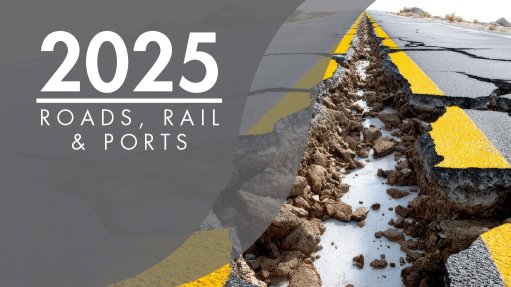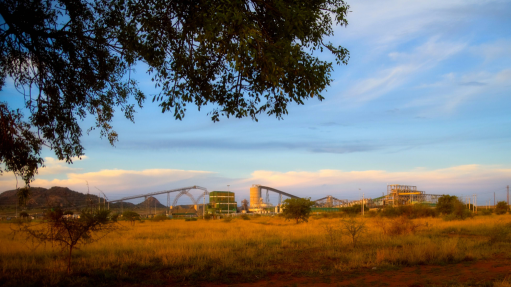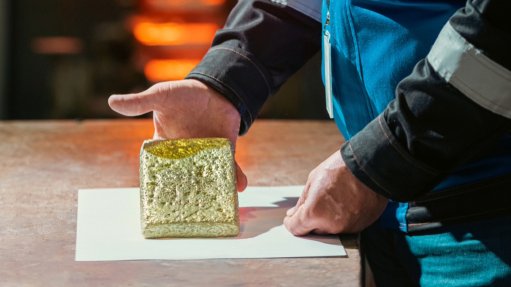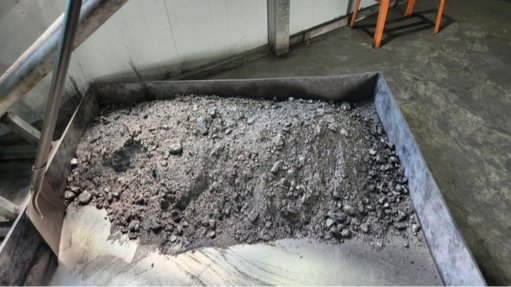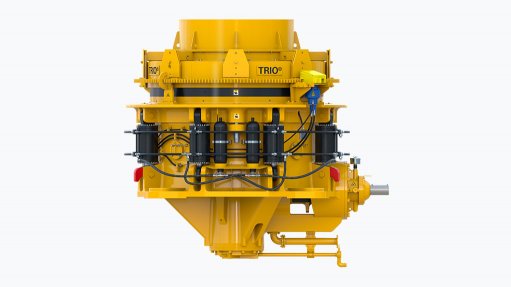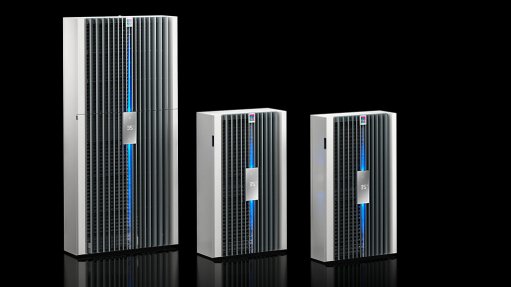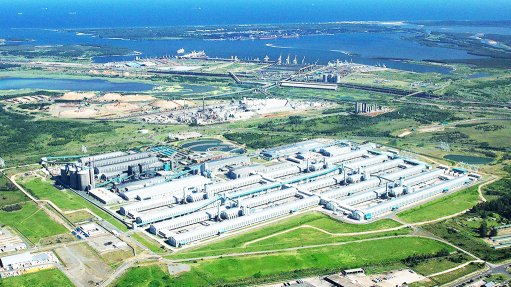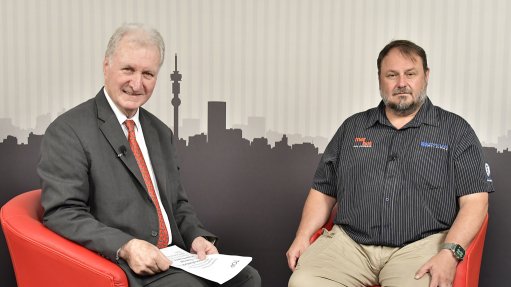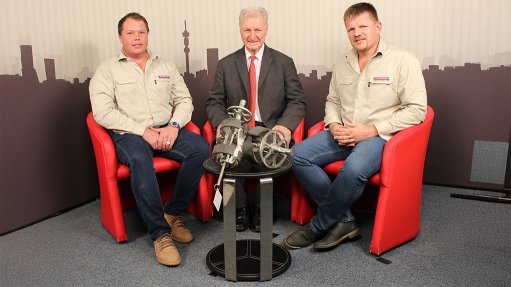District heating key to decarbonised energy
District heating is currently underused in Europe but has the potential to assist Europe in meeting its near-term decarbonisation goals affordably, highlights a study released by technology group Wärtsilä in November last year.
District heating is a system that distributes heat generated at a central source, such as a plant or boiler, to multiple buildings through insulated pipes, providing space heating and hot water. It is an efficient and sustainable energy solution, capable of running on renewable-energy sources to reduce emissions and improve energy efficiency, Wärtsilä says.
District heating can source heat from a variety of low-carbon and renewable sources, including geothermal, heat pumps, surplus heat from buildings and industrial waste. This flexibility allows operators to switch to greener power alternatives.
The study, conducted by economic consulting firm Compass Lexecon, shows that modernising this sector could cut EU carbon emissions and scale renewable-energy use significantly.
The findings highlight the significant potential of integrating district heating and power systems, or sector coupling, to decarbonise both heat and electricity while delivering savings. Inflexible coal power and heat generation together in 2022 accounted for almost 450-million tons of CO2 emissions – almost 60% of the sector’s emissions.
The study identifies and analyses various revenue streams for combined heat and power (CHP) generation, particularly CHP engines using gas, and examines relevant European regulatory framework and future trends affecting these revenue streams. It also includes country-specific case studies with insights into national regulatory and market environments.
Case Studies
In Poland, Wärtsilä’s modelling, published in March last year, shows that by integrating district heating and power systems the country could save €3.8-billion over the next decade, reducing yearly CO2 emissions in its coal-dominated power sector by 57% by 2032. In the modelling, CHP engines and heat pumps emerge as the key facilitators for efficiently integrating Poland’s expanding renewable energy capacity.
“CHP engines and flexible technology, like heat pumps, optimise energy use. They dynamically select between heat and power production technologies to adapt to market prices, maximising economic returns,” Wärtsilä Energy market development director Igor Petryk says.
“For example, when renewable energy is abundant, heat pumps and electric boilers absorb the extra energy. When solar and wind are low, these engines produce heat for cities and power for the grid. This two-way balance keeps energy supply reliable.”
The study further highlights the flexibility of the CHP engine technology compared to traditional gas turbines, allowing it to react more efficiently to fluctuating electricity supply and volatile prices.
According to Wärtsilä, the ability to provide short-term flexibility can provide a significant revenue stream for CHP engines, thereby reducing heat costs while also improving power system stability.
The case studies in Denmark, Hungary, Czech Republic and Poland, which have existing district heating projects, confirm that investment into flexible technologies such as CHP engines is feasible, says Wärtsilä.
Supportive Environment
Government support has been identified as a critical enabler for modernising and decarbonising district heating systems. In the Czech Republic, targeted subsidies aligned with EU goals, have sped up CHP engine adoption and boosted investments. In Hungary, the ancillary services market encourages CHP engine investments, supporting greater use of renewables and lowering carbon emissions.
While EU regulations, such as the Energy Efficiency Directive, set the framework for decarbonisation, Wärtsilä notes that national policies and transpositions of EU policy remain crucial in creating the frameworks that support investments into district heating.
“Our study shows that efficient CHP engines can play an important role in contributing to the mitigation of climate change by replacing coal. This is also acknowledged by the fact that these engines can fulfil the criteria of the EU Taxonomy for sustainable activities under certain conditions,” Compass Lexecon VP Gerald Aue says.
With supportive policy frameworks and technology investments, district heating can play a pivotal role in ensuring a sustainable and affordable energy future.
Article Enquiry
Email Article
Save Article
Feedback
To advertise email advertising@creamermedia.co.za or click here
Announcements
What's On
Subscribe to improve your user experience...
Option 1 (equivalent of R125 a month):
Receive a weekly copy of Creamer Media's Engineering News & Mining Weekly magazine
(print copy for those in South Africa and e-magazine for those outside of South Africa)
Receive daily email newsletters
Access to full search results
Access archive of magazine back copies
Access to Projects in Progress
Access to ONE Research Report of your choice in PDF format
Option 2 (equivalent of R375 a month):
All benefits from Option 1
PLUS
Access to Creamer Media's Research Channel Africa for ALL Research Reports, in PDF format, on various industrial and mining sectors
including Electricity; Water; Energy Transition; Hydrogen; Roads, Rail and Ports; Coal; Gold; Platinum; Battery Metals; etc.
Already a subscriber?
Forgotten your password?
Receive weekly copy of Creamer Media's Engineering News & Mining Weekly magazine (print copy for those in South Africa and e-magazine for those outside of South Africa)
➕
Recieve daily email newsletters
➕
Access to full search results
➕
Access archive of magazine back copies
➕
Access to Projects in Progress
➕
Access to ONE Research Report of your choice in PDF format
RESEARCH CHANNEL AFRICA
R4500 (equivalent of R375 a month)
SUBSCRIBEAll benefits from Option 1
➕
Access to Creamer Media's Research Channel Africa for ALL Research Reports on various industrial and mining sectors, in PDF format, including on:
Electricity
➕
Water
➕
Energy Transition
➕
Hydrogen
➕
Roads, Rail and Ports
➕
Coal
➕
Gold
➕
Platinum
➕
Battery Metals
➕
etc.
Receive all benefits from Option 1 or Option 2 delivered to numerous people at your company
➕
Multiple User names and Passwords for simultaneous log-ins
➕
Intranet integration access to all in your organisation




